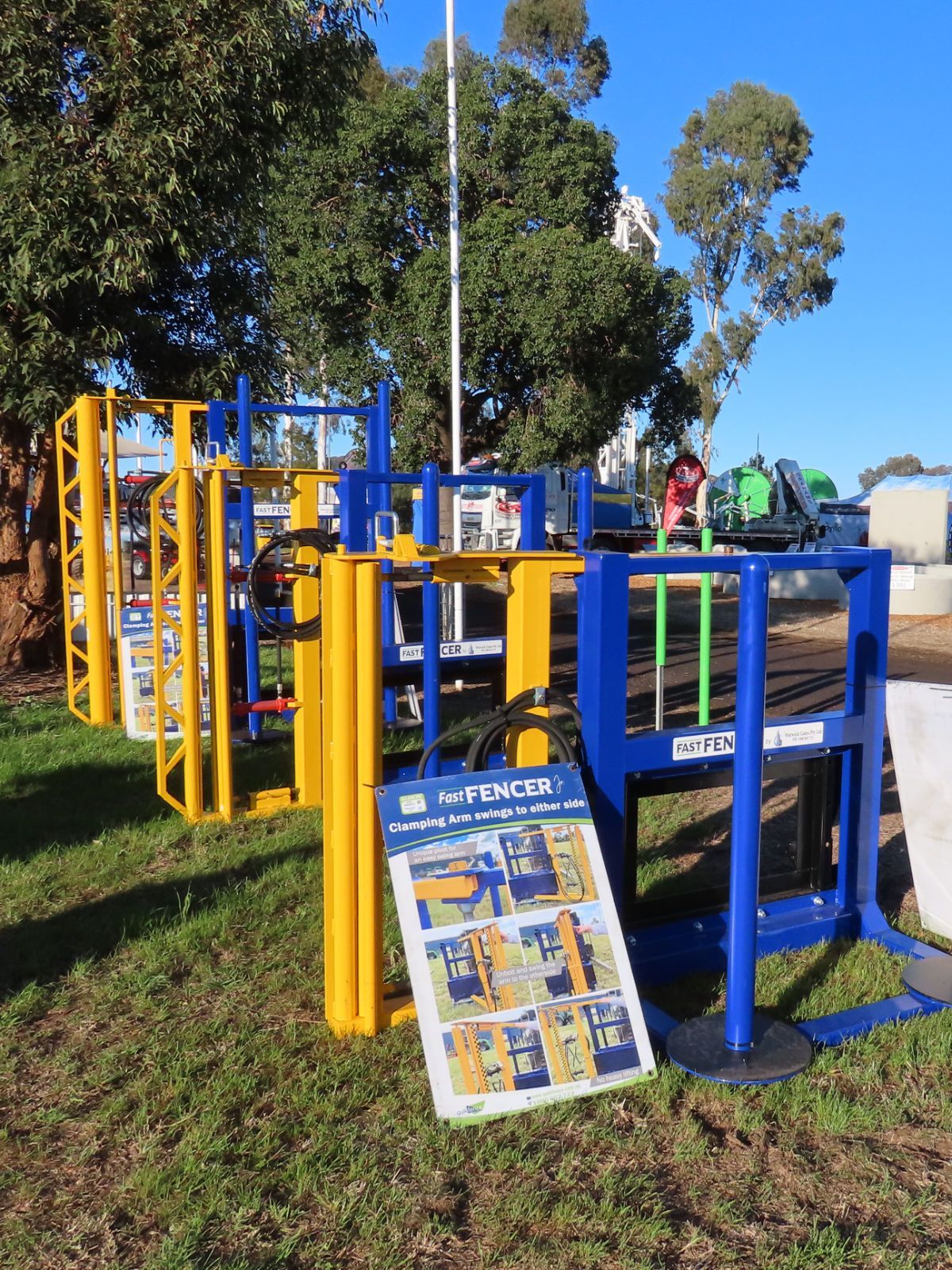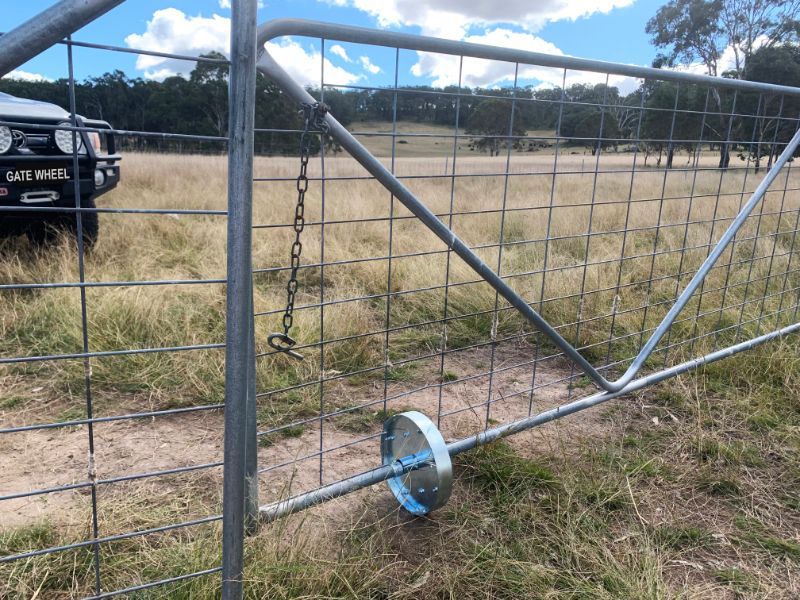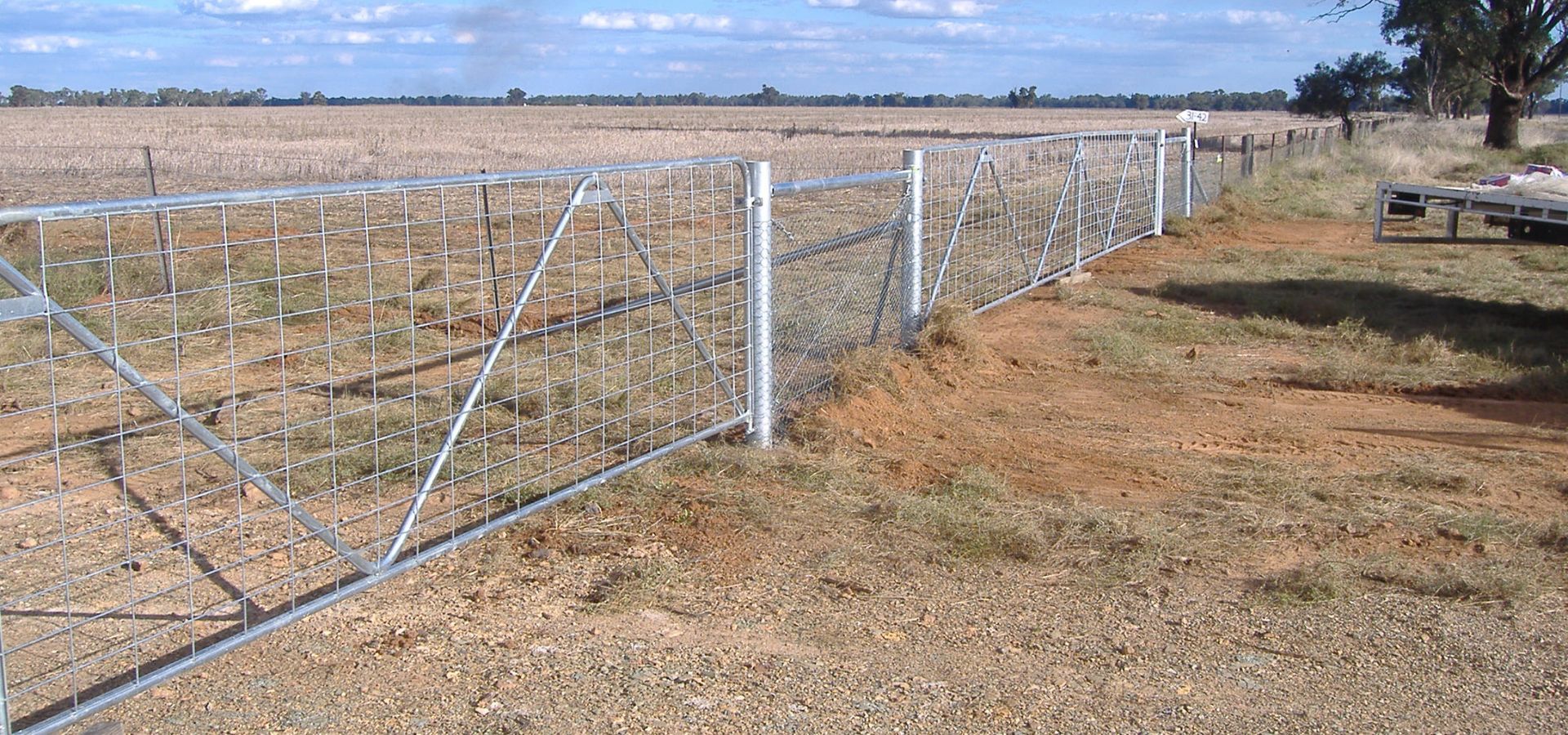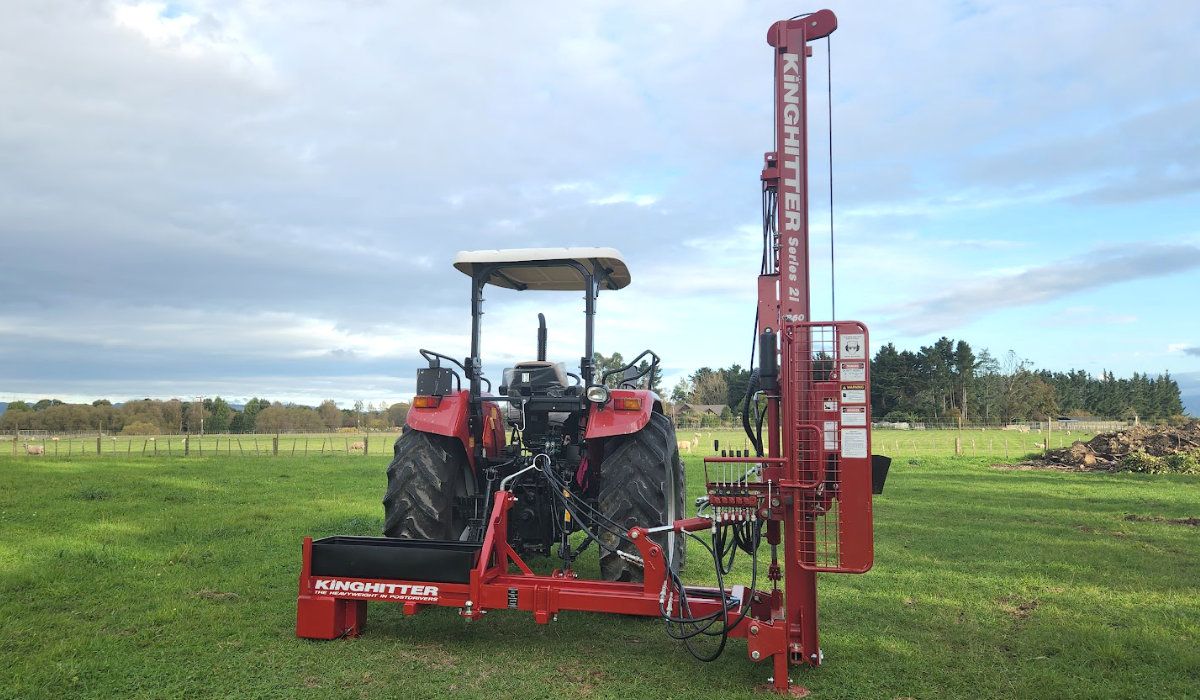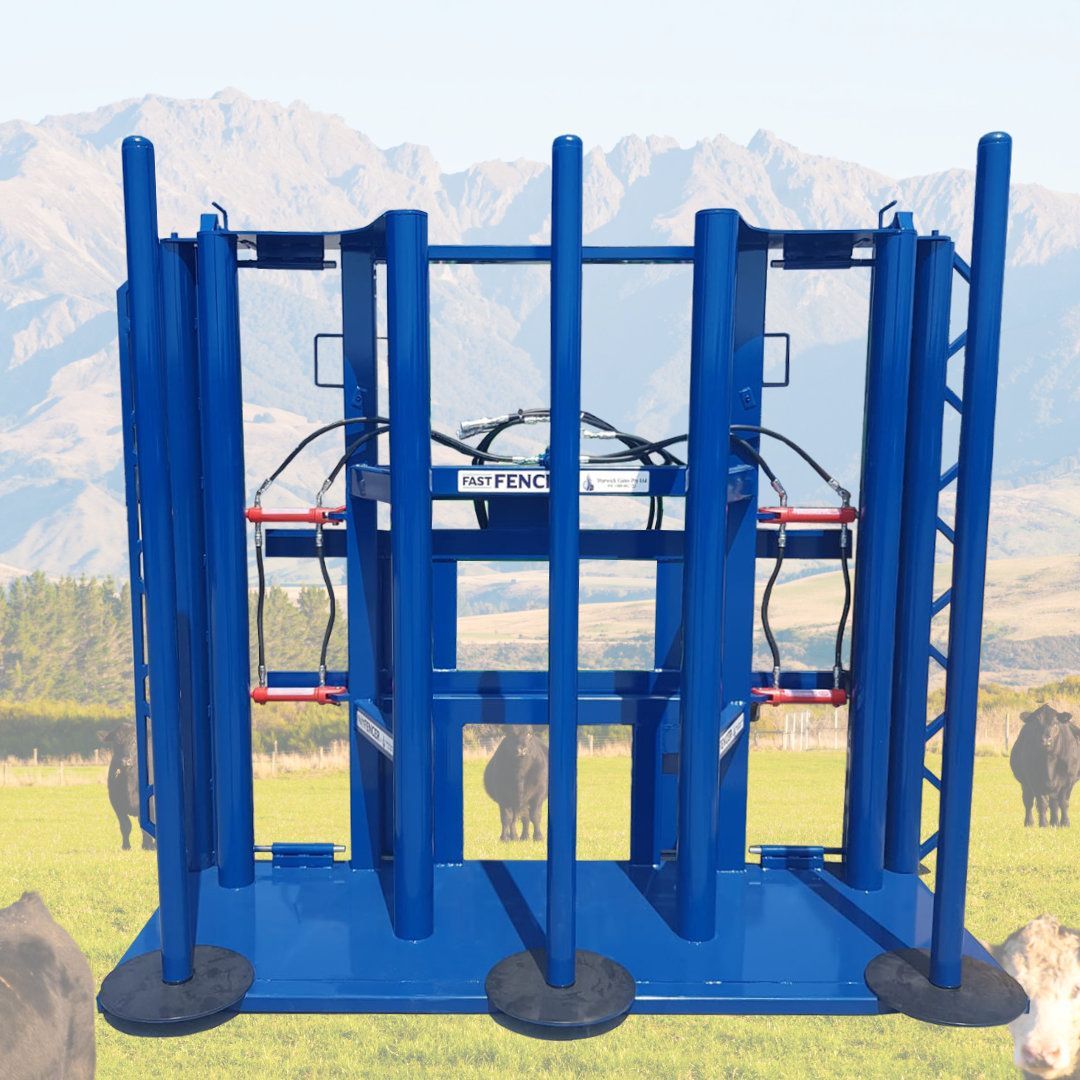When is the Best Time for Fencing on Australian Farms
Why autumn and early winter is the ideal time to fence for farms and rural properties?

When is the Best Time for Fencing on Australian Farms?
Depending on the type of farm and property you're running and what part of the country can affect this question, but typically autumn and early winter is ideal for several reasons. During the peak of harvest, mustering or shearing season, fencing might not always be top of mind —but come autumn, it’s the perfect time to get stuck into it.
Across Australia, the March to June window is considered prime time for fencing. Whether you're putting in a new boundary line, repairing damaged posts, or upgrading to protect livestock and crops, or have a major exclusion fencing project in the pipeline, here’s why autumn and early winter are ideal for getting the job done.
- Softer Ground Makes the Job Easier
After the summer rains, soil conditions tend to improve. The ground is softer and easier to work with, which means less effort driving posts or digging holes. This not only saves time but also reduces wear and tear on equipment. - Cooler Weather = More Productive Days
Fencing can be hot, heavy work—especially under the blazing summer sun. The cooler temperatures of autumn make it far more comfortable to spend long hours outdoors. You can cover more ground in a day, and fatigue is less of an issue. - Get Ready for Calving or Lambing
For livestock farmers, autumn is a key time to prepare paddocks ahead of calving or lambing season, which typically kicks off in winter or early spring. Secure fencing ensures livestock stay where they need to be—and keeps vulnerable young animals safe. - Post-Harvest, Pre-Sowing – The Sweet Spot for Croppers
On mixed and broadacre farms, the period after harvest and before sowing is one of the few chances to focus on infrastructure. Tackling fencing during this window means you’re not competing with other critical jobs later in the season. - Stay Ahead of the Game
Fencing often gets pushed down the to-do list—but leaving it too late can mean working in tougher winter conditions, or scrambling right when animals need to be moved. By taking action in autumn, you get ahead of potential issues and avoid the mid-year rush on fencing supplies.
Final Thoughts
No matter where you farm in Australia—from the red dirt of the Top End to the green hills of Tassie—fencing in autumn makes a lot of sense. It’s practical, efficient, and sets you up for a smoother season ahead.
Got the gear you need? If not, now’s the time to stock up and get organised!


